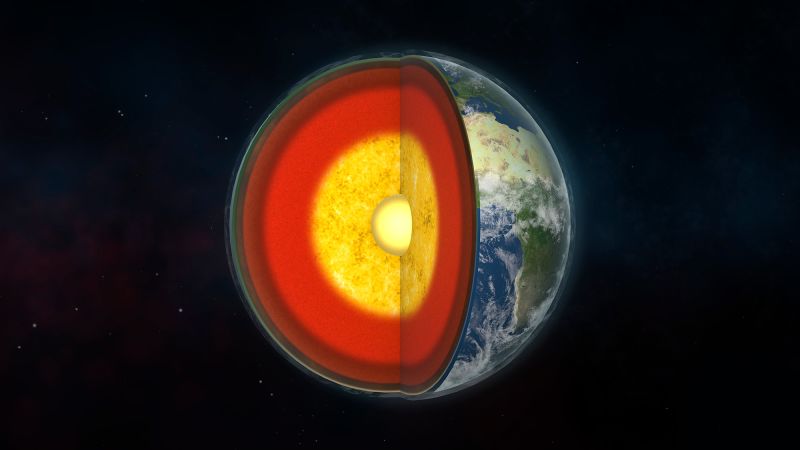Recent research has unveiled new insights into the Earth’s mantle, particularly focusing on large and mysterious “super content” regions located beneath Africa and the Pacific Ocean. Traditionally viewed as a homogenous layer, investigations reveal these super content areas are significantly older and have distinct properties that play a crucial role in mantle convection and tectonic activity.
Using advanced seismic data analysis, researchers determined that these regions, made up of larger mineral grains, are less affected by seismic waves compared to their cooler surrounding areas, suggesting they have existed for over 500 million years. This indicates that the mantle is not well-mixed, challenging previous assumptions about its uniformity. The findings suggest these super content structures act as anchors for planetary mantle processes, possibly influencing earthquakes and volcanic activity.
The study emphasizes the importance of geological understanding at great depths, with ongoing analysis poised to shed light on the Earth’s primitive chemical elements and geological history. Researchers believe this work could address long-standing questions in Earth science and inform on plate tectonics and convection mechanisms.
Source link


